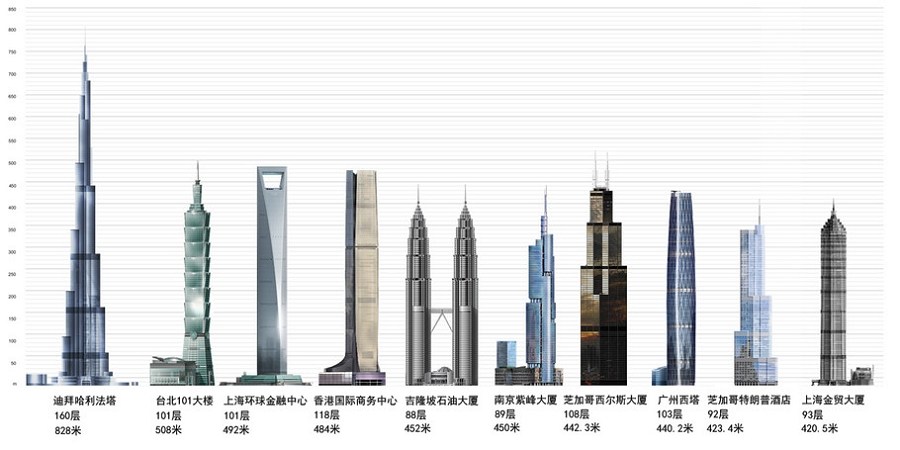
where is the tallest telecommunication tower of the world
June 23, 2018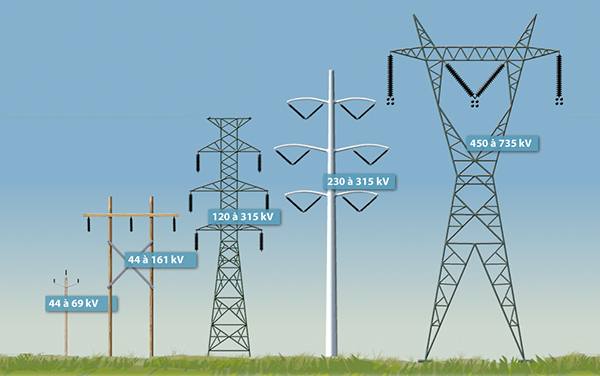
differences between Transmission tower lines and distribution tower lines
June 27, 2018electric power transmission and distribution tower
Electric power transmission is the bulk movement of electrical energy from a generating site, such as a power plant, to an electrical substation. The interconnected lines which facilitate this movement are known as a transmission network. This is distinct from the local wiring between high-voltage substations and customers, which is typically referred to as electric power distribution. The combined transmission and distribution network is known as the “power grid” in North America, or just “the grid”. In the United Kingdom, India, Malaysia and New Zealand, the network is known as the “National Grid”.
Most transmission lines are high-voltage three-phase alternating current (AC), although single phase AC is sometimes used in railway electrification systems. High-voltage direct-current (HVDC) technology is used for greater efficiency over very long distances (typically hundreds of miles). HVDC technology is also used in submarine power cables (typically longer than 30 miles (50 km)), and in the interchange of power between grids that are not mutually synchronized. HVDC links are used to stabilize large power distribution networks where sudden new loads, or blackouts, in one part of a network can result in synchronization problems and cascading failures.
Transmission towers and poles are among an electric utility’s largest and most important commercial assets. Unfortunately, as the need to generate profits and shareholder dividends has intensified, regular investment in tower and pole maintenance has often been reduced or eliminated to cut costs. Ironically, such cost-saving measures have the potential to double or triple long-term maintenance costs while increasing the risk for power outages and public safety problems.
Transmission lines
Carry electricity across the state
Transport bulk electricity at high voltages ranging from 60 kV-500 kV
Are usually supported on tall metal towers, but sometimes on wooden poles
Have different vegetation standards than distribution lines due to the high voltages they carry
Are managed using the utility industry’s best-management practice of Wire Zone Border Zone
Require only low-growing vegetation underneath—typically nothing taller than 10 feet at maturity
Our goal is to achieve a sustainable landscape that supports native plants and natural habitats. Trees near these lines can’t be managed by pruning and often must be removed.
| Products | 33kv 132kv Power customized galvanized transmission line steel lattice tower |
| Type | Steel tubular tower, Communication tower, Lighting rod tower, Radio and television tower, Electrified railway structure, Substation architecture Telecommunication tower |
| Material |
Normally Q345B/A572, Minimum Yield Strength ≥ 345 N/mm²
Q235B/A36, Minimum Yield Strength ≥ 235 N/mm² As well as Hot rolled coil from ASTM A572 GR65, GR50, SS400, or any other standard by client required. |
| Power Capacity | 10~550KV |
| Welding |
Welding complies with AWS D1.1 standard. CO2 welding or submerged arc auto methods No fissure, scar, overlap, layer or other defects Internal and external welding makes the pole more beautiful in shape If customers need any other requirements of welding, we also can make adjustment as your request |
| Galvanization | Hot dip galvanization in accordance with Chinese standard GB/T 13912-2002 and American standard ASTM A123; or any other standard by client required. |
| Joint | Joint with insert mode, flange mode. |

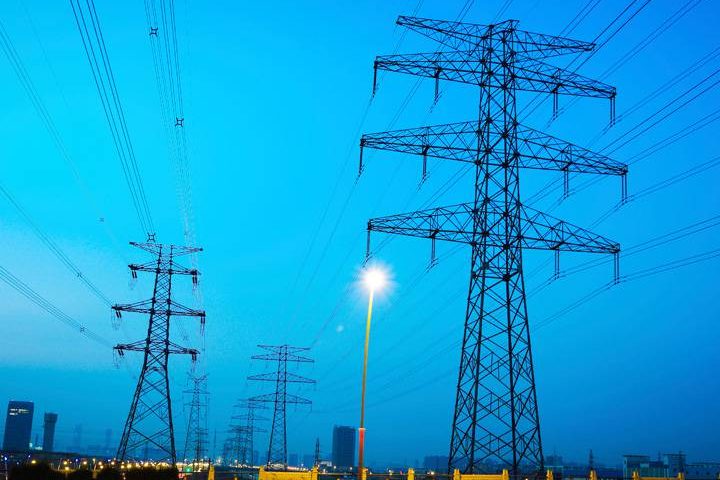
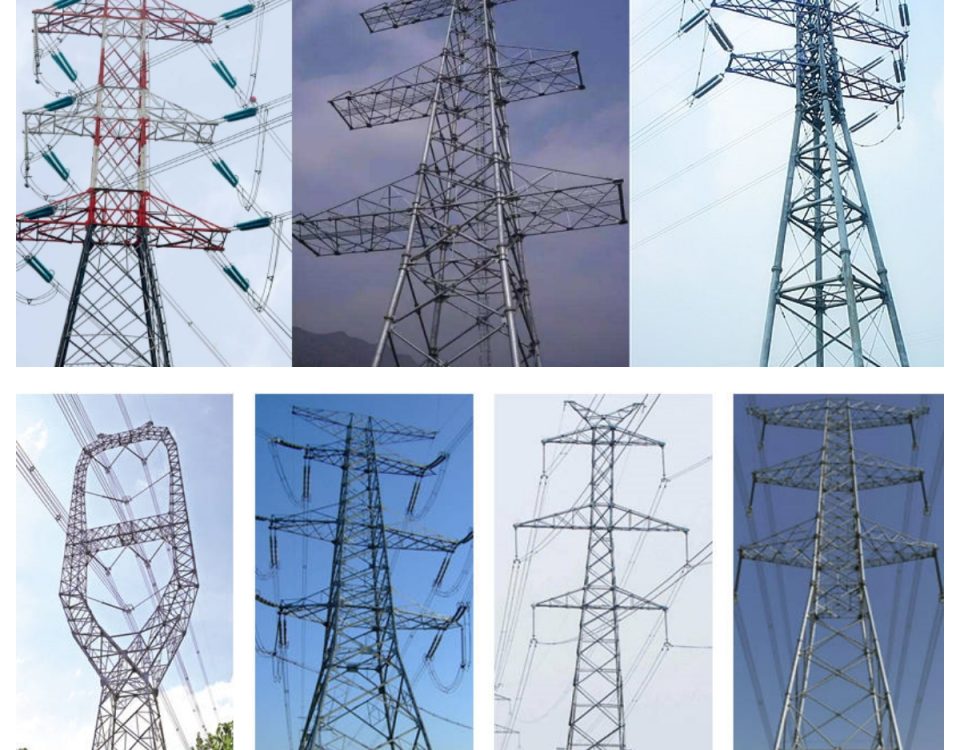
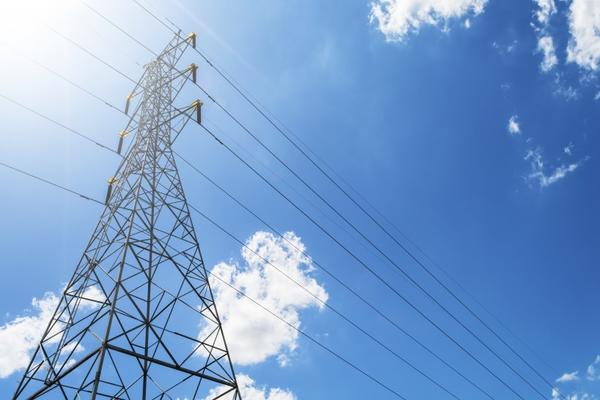
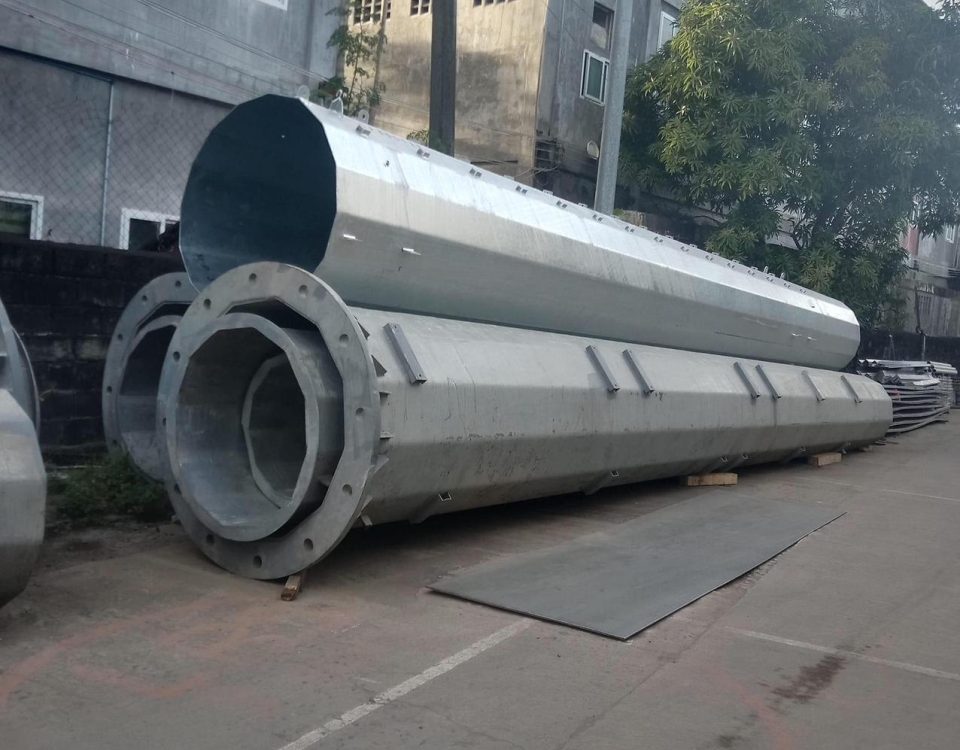
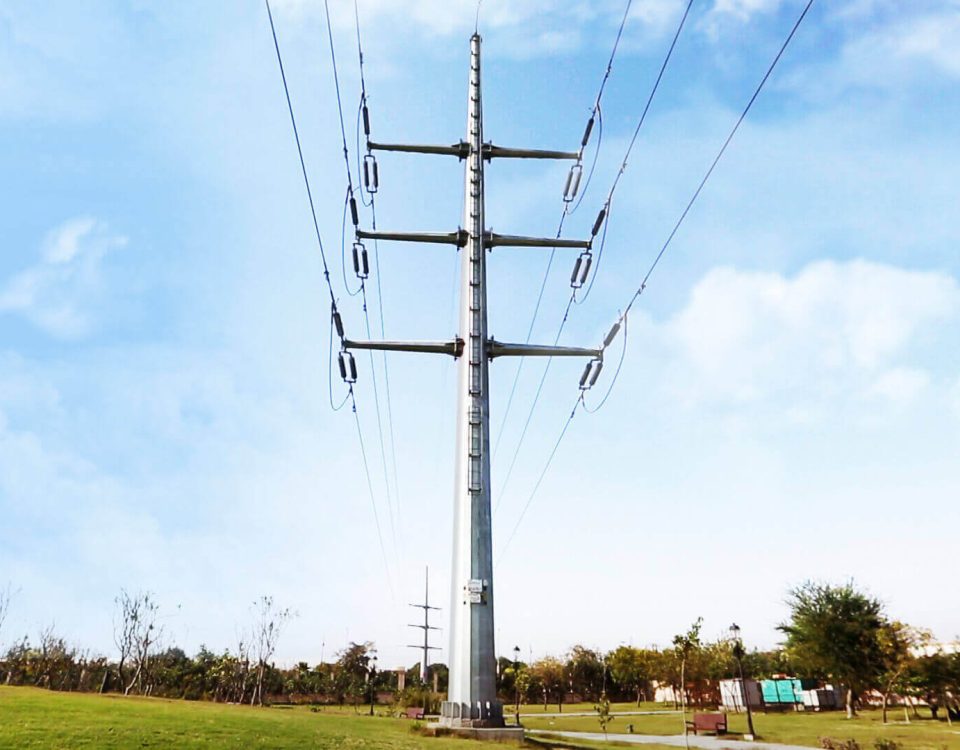
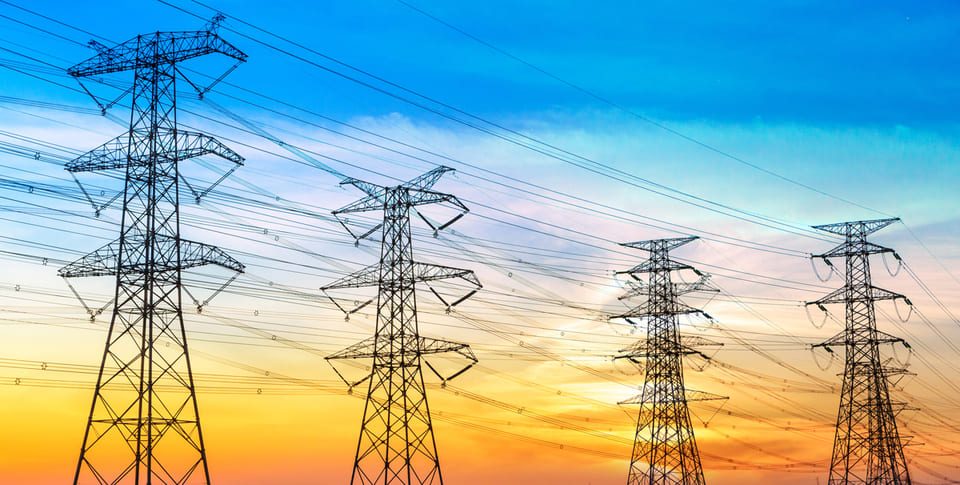
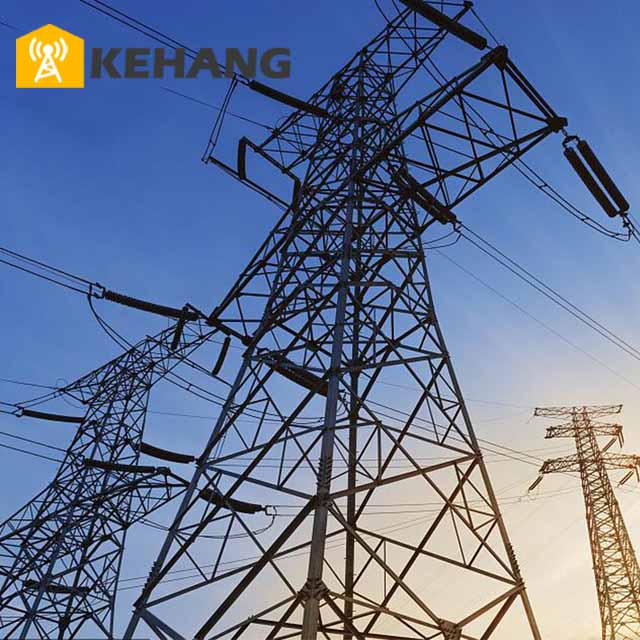
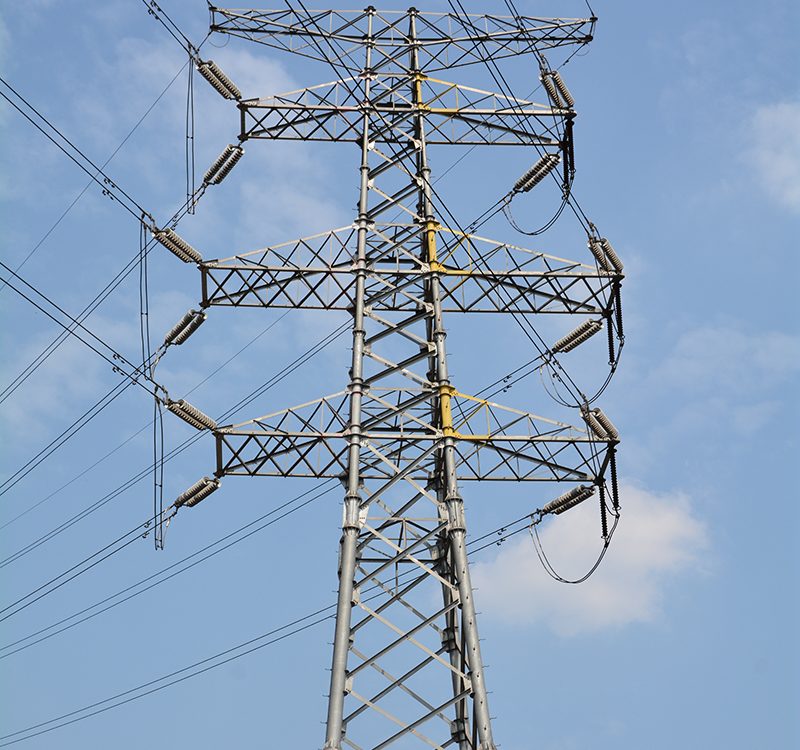
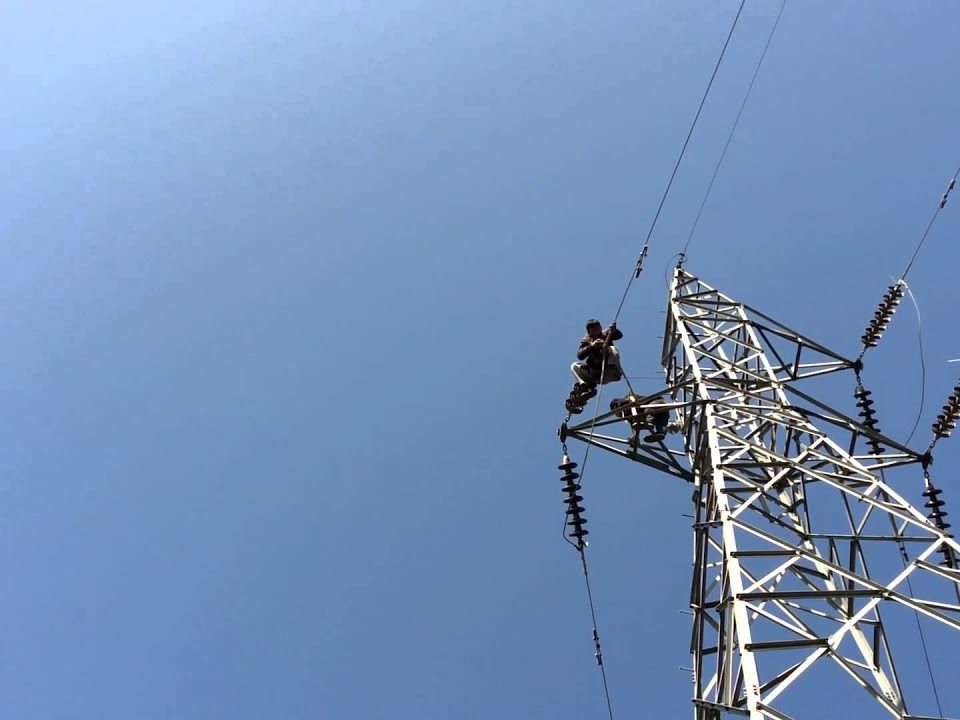
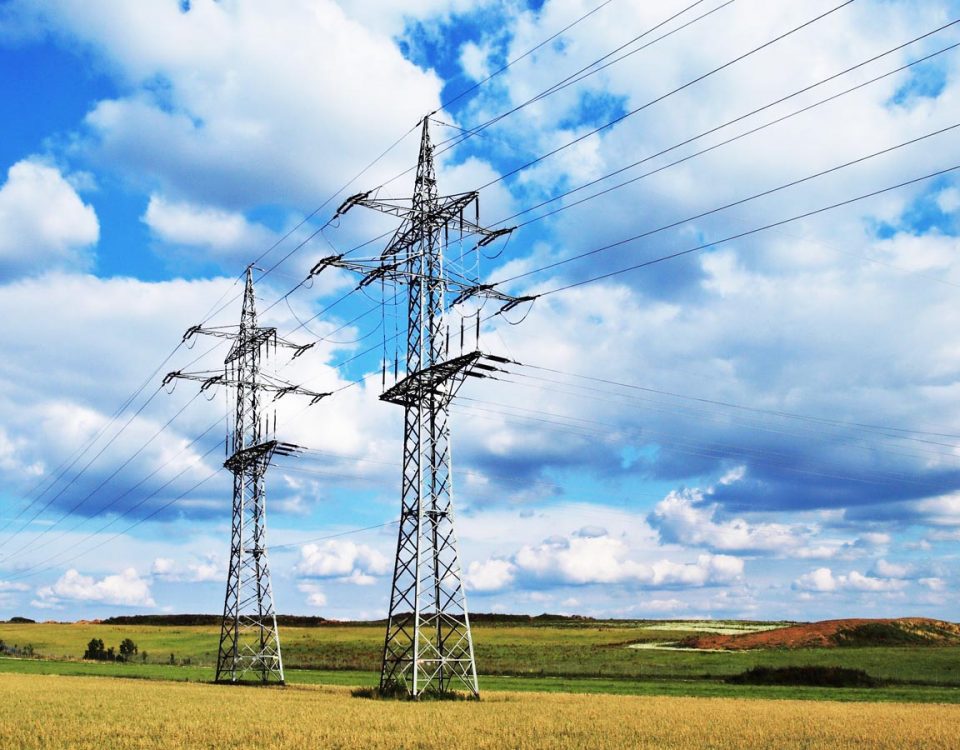
2 Comments
Why aren’t power lines straight?
Wires strung between two transmission towers seem to sag towards the ground. If they were straight, the towers would probably collapse! The lines curve downward so that less force is needed to hold them in place. Otherwise, towers would have to be built even stronger… and they would cost more. For example, holding a big dictionary with your hands is easy because all the force is concentrated vertically. However, when two people try lifting that dictionary using a rope, it’s another matter: as the object is raised higher, more horizontal force is required and we risk pulling the other person towards us.